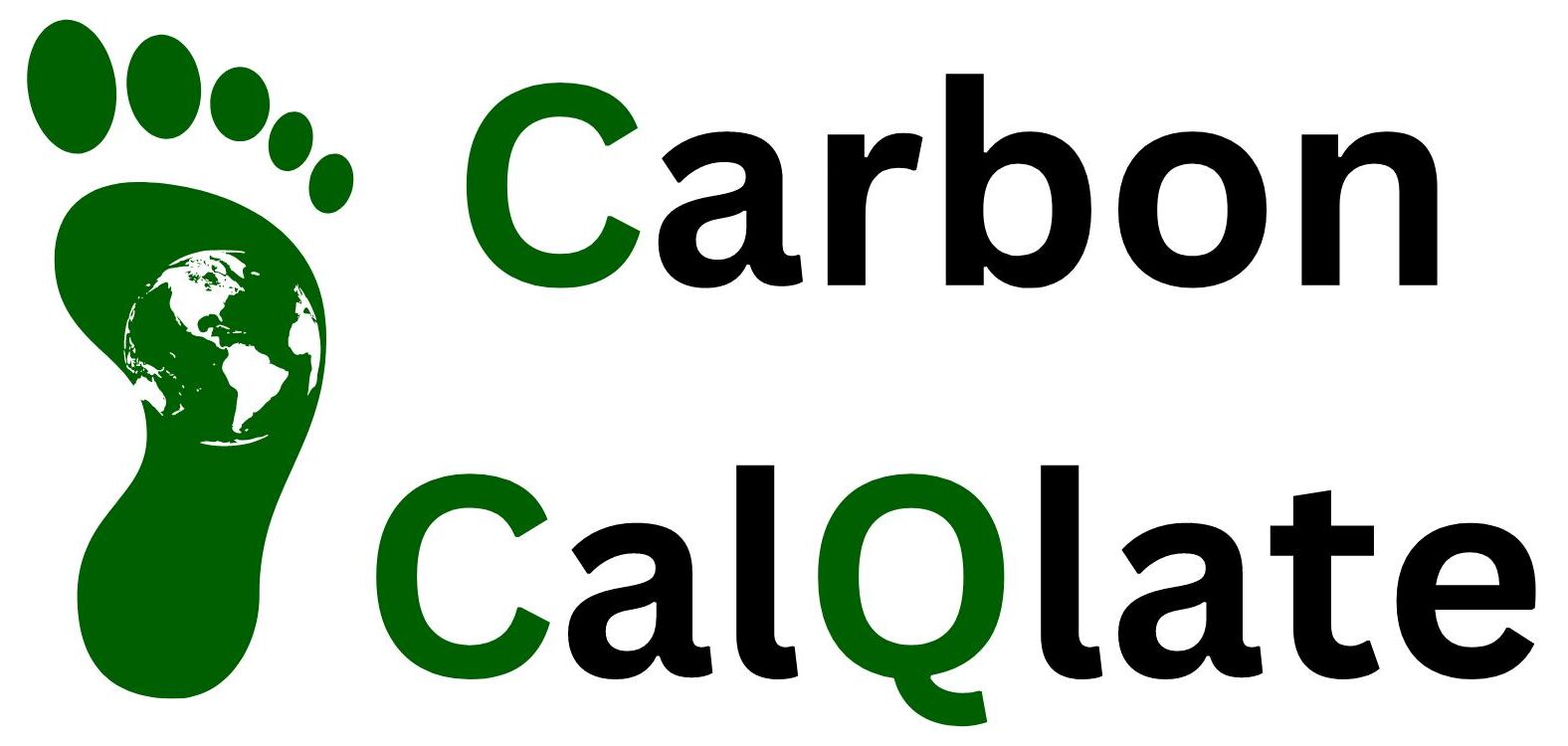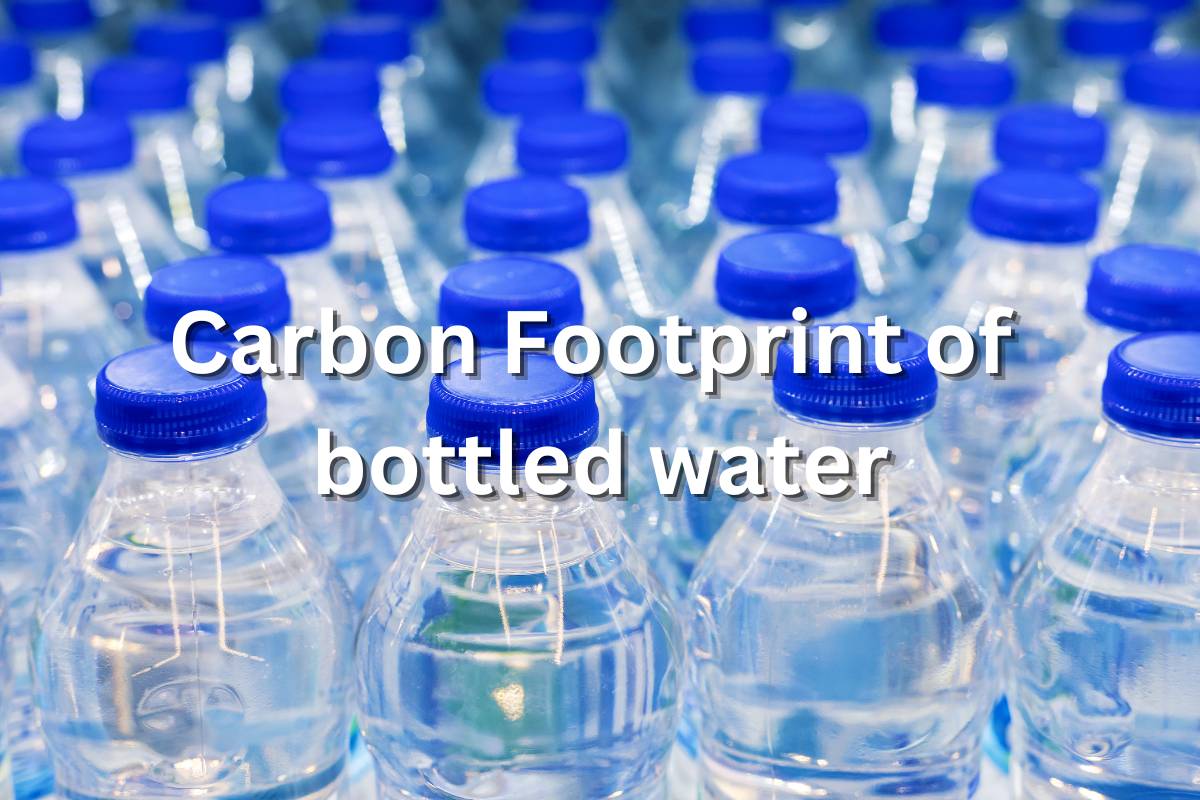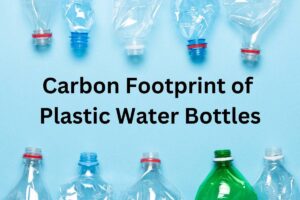The carbon footprint of producing a 1.5-liter bottle of water can vary, but it typically ranges between 44 grams to over 500 grams of CO2 per bottle. This depends on the production methods, materials used, and geographical factors.
Factors Contributing to the Carbon Footprint
- Manufacturing: The production of plastic bottles, especially PET (polyethylene terephthalate), is a significant contributor. Creating the plastic resin and forming the bottles accounts for a large portion of the emissions.
- Transportation: Moving raw materials to the manufacturing site and distributing the finished bottled water to retailers add substantially to the carbon footprint. Bottled water that travels long distances, such as Fiji water to the US, has a higher footprint due to fuel emissions.
- Packaging: The process of filling, packaging, and storing the bottles also contributes to the total emissions. This includes the energy used in refrigeration during storage and transportation.
- End-of-life management: The disposal and recycling of bottles affect the footprint. Currently, a low percentage of bottles are recycled, which means many end up in landfills, contributing further to environmental impact.
Interesting Facts
- Only about 10-20% of water bottles are made from recycled PET in Europe and North America. This low recycling rate exacerbates the carbon footprint.
- The production and disposal of plastic bottles contribute to both carbon emissions and plastic pollution, impacting marine life and ecosystems.
- Glass and aluminum bottles, though heavier and more energy-intensive to produce initially, can have a lower carbon footprint if reused multiple times.
Tips to Reduce the Carbon Footprint of Bottled Water
- Opt for reusable bottles: Using a stainless steel or glass bottle reduces the need for single-use plastic bottles.
- Support brands using recycled materials: Choose brands that use high percentages of recycled PET in their bottles.
- Recycle properly: Ensure that plastic bottles are disposed of in recycling bins to increase the recycling rate and reduce landfill waste.
- Purchase local brands: Buying locally produced bottled water reduces transportation emissions.
- Consider tap water: In areas where tap water is safe to drink, use it instead of bottled water to avoid the carbon footprint associated with production and transportation.
Other Ecological Impacts of Bottled Water
Bottled water causes significant plastic pollution. Many bottles end up in landfills and oceans, where they take hundreds of years to decompose. This plastic waste harms marine life, which can ingest or become entangled in the plastic, leading to injury or death.
The production of plastic bottles depletes non-renewable resources, particularly petroleum, and large amounts of water are used in the manufacturing process. This resource depletion is unsustainable and puts pressure on water sources.
The extraction of water for bottling can lead to habitat destruction. Over-extraction can lower water tables, dry up rivers and wetlands, and harm ecosystems dependent on these water sources.
Energy consumption in the production, transportation, and refrigeration of bottled water is substantial. This energy use contributes to greenhouse gas emissions and climate change. Additionally, the production and disposal of plastic bottles release harmful chemicals into the environment, which can contaminate soil and water, posing risks to both human health and ecosystems.
CO2 Emissions from 1 Liter of Bottled Water
Studies indicate that for a standard 1.5-liter bottle, the carbon footprint ranges from 44 grams to over 500 grams, depending on factors like production methods and transportation distances (Tappwater) (World Economic Forum).
Proportionally, for 1 liter, this would range from approximately 30 grams to over 333 grams of CO2




